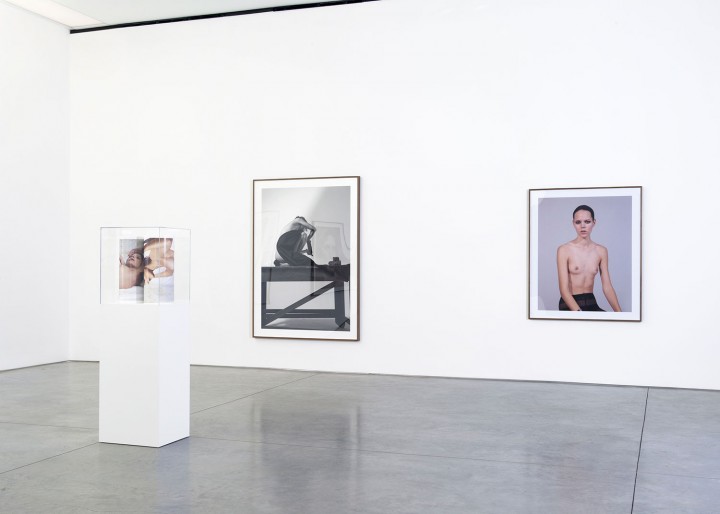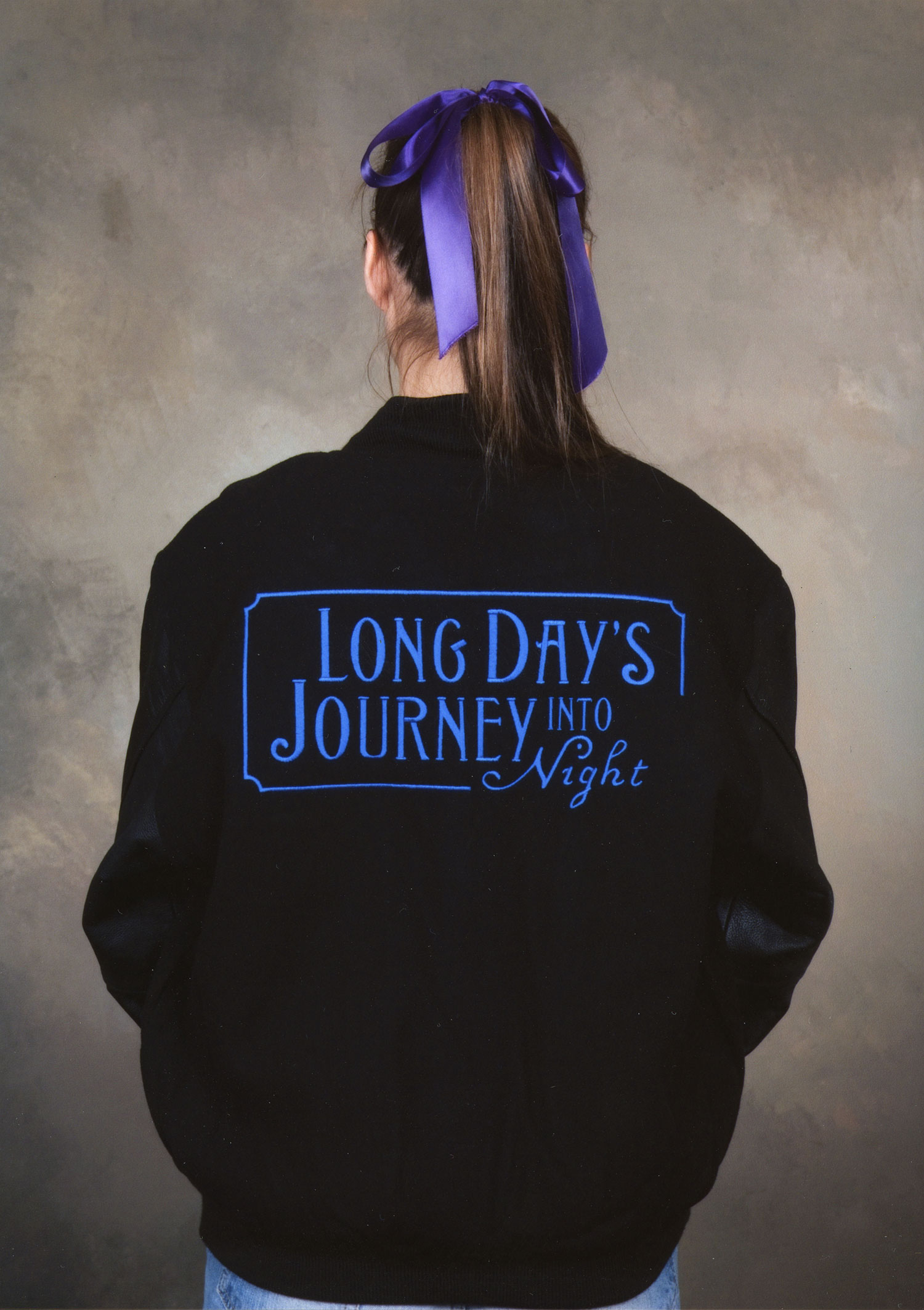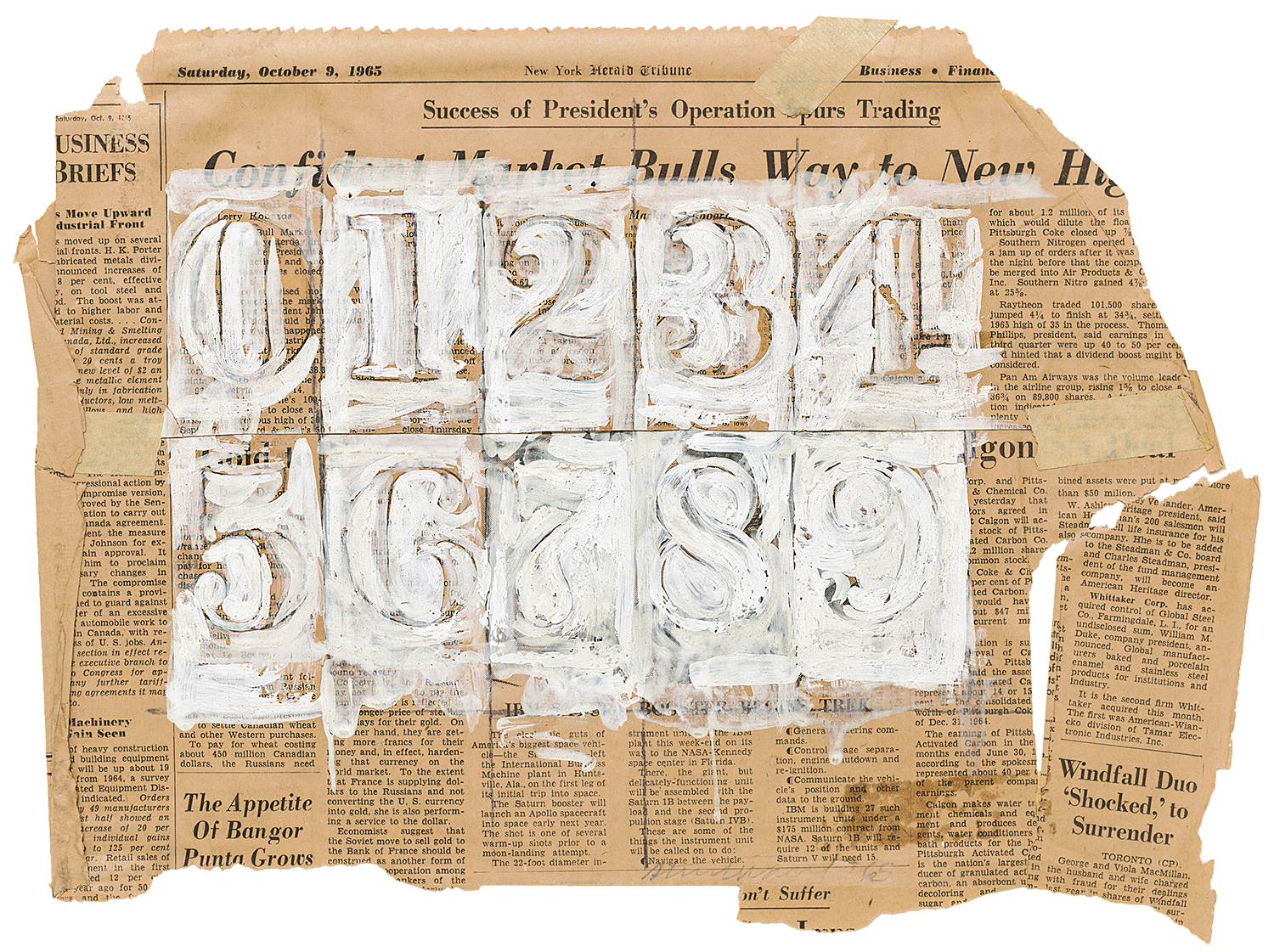
Donatien Grau: You show painters, though for a long time you worked a lot with photographers. Have you come to actually accept traditional formats? How did you convert?
Lisa Spellman: That was probably through Sue Williams and Karen Kilimnik, when I took them on in the early ’90s, because I was looking for painters that worked in nontraditional, more conceptual formats.
Chris Williams was a big influence on me in the ’80s and early ’90s. But also, with Karen Kilimnik, she was the leader of the scatter art movement, that kind of early ’90s scatological approach to painting. And photography and installation really interested me because they were non-conforming approaches to making art. Sculpture and painting, up to that point, were still pretty traditional. Even drawings weren’t really respected. I felt like Karen was part of a whole generation that actually elevated drawing to a primary medium. It wasn’t just a study for a painting.
There were a lot of changes going on in New York. I was also really lucky because I think in the early ’90s there was such a renaissance of New York artists. It was obviously very heavy colors in the ’80s. It was David Salle and Schnabel and those guys. Then it shifted to LA, then it kind of came back to New York in the ’90s. I think to be a young artist or a young dealer at that time was just so incredibly lucky. Maybe not as lucky as when Paula Cooper opened her gallery, but pretty lucky. I mean, to have Lawrence Weiner or Dan Graham or Donald Judd or Sol LeWitt as your contemporaries — that’s pretty incredible. You have to show your contemporaries.
DG: Many artists you show are in their forties, so there is a generational effect. Can you tell me about this idea that you’re all growing up together?
LS: Artists like Karel Funk are younger than me. There are some artists from a previous generation here. Rodney Graham, Hans-Peter Feldmann, Stephen Shore: I’ve talked to painters who said that in the ’70s and ’80s, Stephen Shore completely affected the way that they look at things, and they’re not photographers. I felt like Stephen was such a hero, and I looked at his work for so long, it completely informed my eye as an art student.
I realized that ten years went by in New York City and he had no show. His gallery wasn’t really showing him. At that point, when I took Stephen on, I was no longer working with Gursky and Ruff. I just felt like that history was there and it was important. He was a huge influence on them, of course, because he taught in Düsseldorf at the Kunstakademie with the Bechers.
Karen is my generation. I think that such a generation only really happens once in a lifetime. I mean, how many good artists come around every year or so? I think you’re lucky to be able to show any artist from your generation. Collier Schorr started out working with me in the gallery, and became an amazing artist in her own right. Of course, I’m older now, so it doesn’t really mean the same thing. It just becomes harder and harder to open a gallery and show artists of your time.
It’s more competitive now. When I opened the gallery, other than the East Village, where there were six hundred galleries, there were basically fifty galleries in the whole world. It was a really small place with fifty collectors. Now it’s just much bigger. Now it’s easier to show an artist of your time. It’s easier coming out of art school. When you get older it’s just much more competitive. I would imagine if they are showing an artist in their forties or fifties, it’s pretty accomplished work by then. We recently exhibited Dominique Gonzalez-Foerster’s first US gallery show, which was amazing. At that point, it’s more about introducing very developed and mature work to a new audience.
DG: Indeed, you work with quite a few young artists who are thirty or even younger.
LS: I think to keep the gallery relevant and to keep it animated, it’s important for me to show younger artists. Also to continue the generational dialogue. Let’s say, for Nick Mauss, Elad Lassry, Valentin Carron or Jacob Kassay — they are all in their thirties.
For me, there was a direct link between Nick’s work and Karen Kilimnik and, to a certain degree, Hans-Peter Feldmann. Nick’s recent ceramic work — for me that was an interesting connection to Mary Heilmann, because she grew up in Berkeley studying and making ceramics. There has to be a link to other artists in the gallery for it to make sense programmatically. I strongly feel like if we don’t continue to show young artists, the gallery will just die. It can’t be fossilized.
DG: Many of your artists use pluralistic media. That’s a signature of today’s art, don’t you think?
LS: That’s important to me when I work with an artist. I felt like with Doug Aitken in the early ’90s — we didn’t even know how to edition videos like that then. It was like a cassette tape and it was an edition of twenty. Other than Bruce Nauman, there weren’t really a whole lot of artists selling videos in galleries. I really appreciated Doug’s dilemma and struggle against the Sony basic monitor cube. I really appreciated that he was struggling out of that box. The same thing with Karen — her scatter installations represented that in sculpture. I think that’s important with an artist, that you see that they’re trying to rally or rebel against certain traditional modes. It’s not in and of itself the thing, but it’s an interesting process.
DG: Doug is really someone who plays along with this idea that artists should really use anything, should be able to dematerialize art.
LS: After ten years of showing video and film installations in all the galleries, then we came up with not the white cube but the black cube, and then he rebelled against that and was much more interested in doing projections on exterior facades of museums. So with him I know it’s always this constant exploration. But the art world is moving so quickly now that we can actually quantify phenomena and see things shifting… like the black cube, that was a new phenomenon, really a product of artists showing videos for ten years. And now they’ve broken free of that. Dematerializing existing structures is always interesting.





